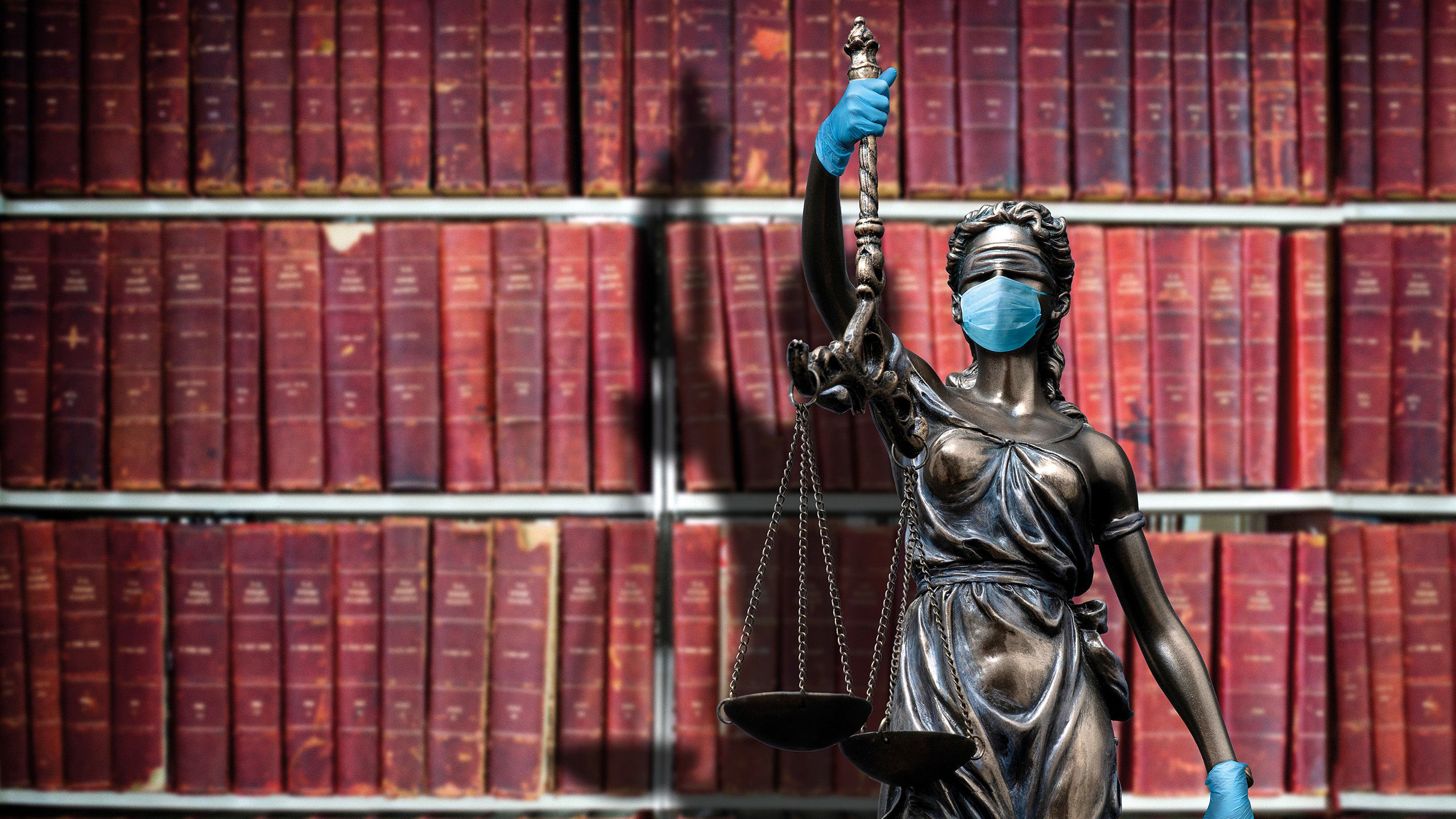COVID
AND THE
COURT

Justice Helen Rofe attended Trinity College after growing up in Melbourne bayside suburb Brighton, the only child of the Brighton Grammar headmaster.
‘It was weird living in Brighton with everyone knowing who I was,’ she reflects. Her mother had lived on campus at university in Sydney in her youth and knew her daughter would benefit from the anonymity, independence and social aspects of college life. ‘I made a lot of friends I still see. I have fond memories of being at Trinity.’

After studying science, Helen went on to complete a law degree, then worked as a solicitor before going to the bar and becoming a Queen’s Counsel. She specialised in science and technology in intellectual property matters.
She hadn’t considered a move to the bench until, six months into the COVID-19 pandemic, she was invited to take a seat on the Federal Court. She’d been at the bar for more than 20 years, so thought it was time for a change.
By the time Helen started in her new role, the technology necessary to accommodate remote working had already been embraced. ‘The Federal Court moved pretty seamlessly to working online,’ she says. ‘Given it doesn’t have crime and doesn’t really have juries, except for the odd case, once it got the online system going everything just went as before, except that it was on [Microsoft] Teams.’

However, for anyone working in crime, family or common law – anything with a jury – the work stopped for about two years. ‘It was quite dire for people in those areas,’ says Helen.
Before COVID, electronic trials were a novelty.
‘If you were doing a serious application, you always wanted to be where the judge was, or you'd be at a disadvantage. If you were the one on video, you could be easily marginalised. Whereas, when it went onto Teams, everyone was back on an even footing because the judge was on the screen or counsel was on the screen. So, there was no particular advantage to anyone. That was a better system.’
One permanent change to come out of the COVID era has been the move to online case management hearings in which the judge and counsel work out timetables for filing documents and working towards a trial.
No longer having to traipse to a physical courtroom, the parties can all appear for 10 minutes from their chambers before resuming normal business. Teams is also used for hybrid trials involving overseas witnesses who may not be as willing to travel as they once were.
Despite Teams and Zoom appearances making things more accessible, Helen is relieved that some former routines and the mise en scene of the courtroom have been restored.
‘I still would prefer hearings to be in person, particularly the witnesses,’ she says. ‘And particularly if there's a credit attack and you need to decide whether what they’re saying is the truth or not. I find being on Zoom for extended periods of time more hard work than being in court.
‘It’s much better to have everyone in the courtroom with you. When people are making submissions, they use their arms, they use more than just what you see on the screen. It’s far better to see them in person and hear them in person.’
>>> READ NEXT: AN OLYMPIAN EFFORT